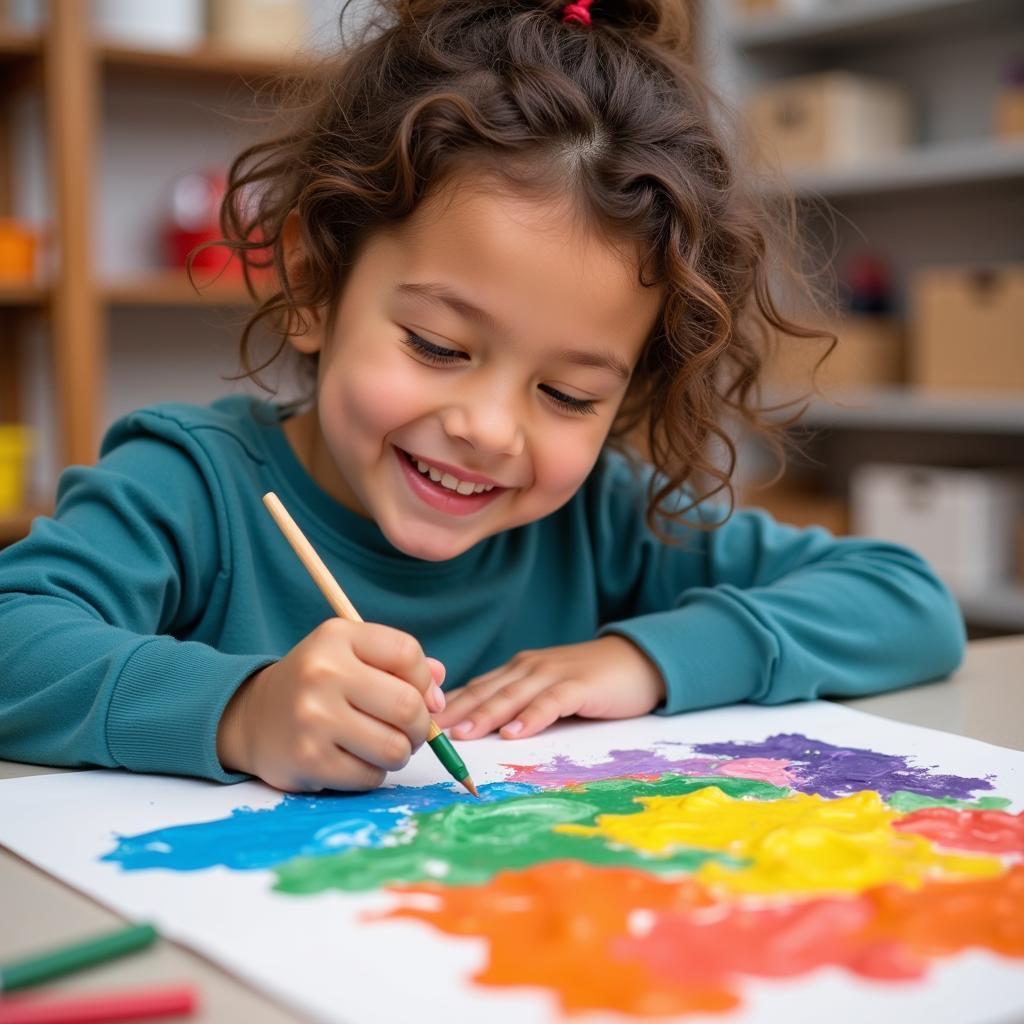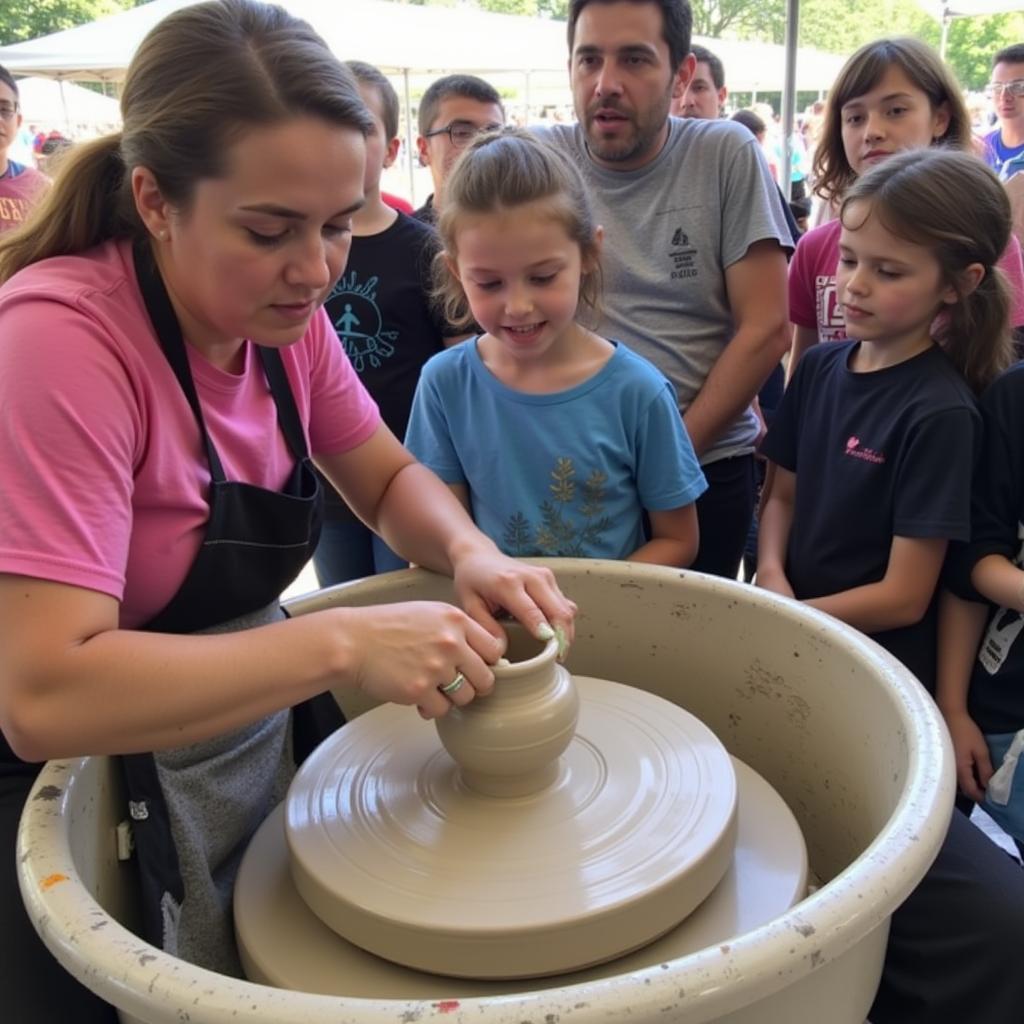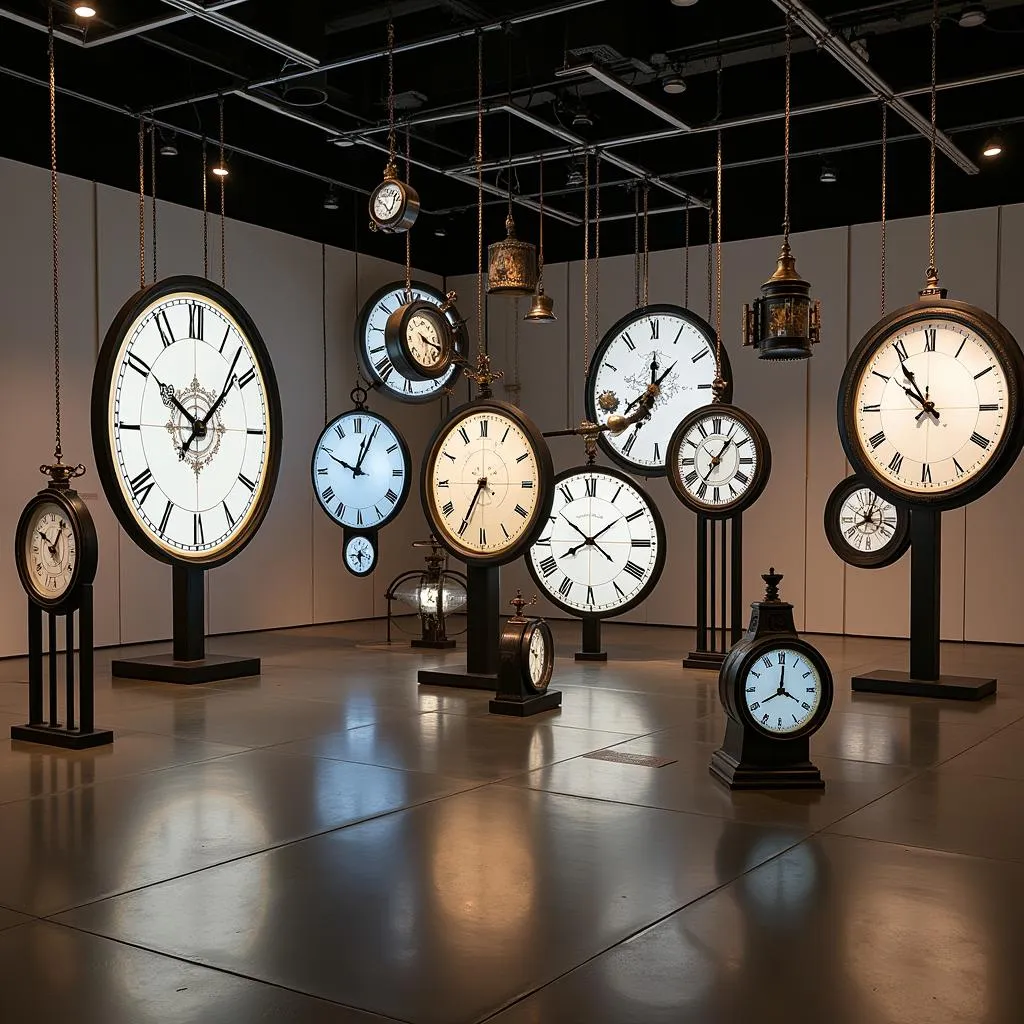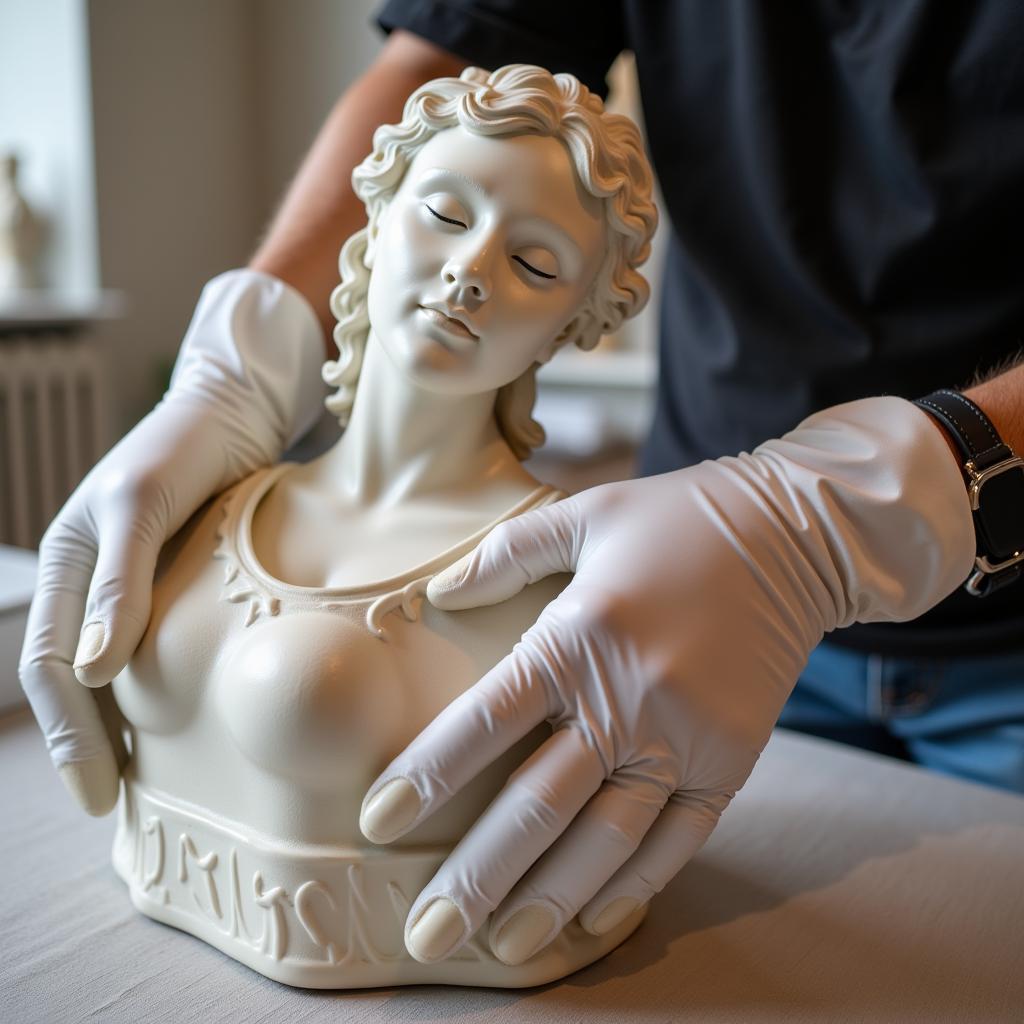Unleashing Creativity: Arts and Crafts for Special Education
Arts and crafts offer a powerful and engaging avenue for students with special needs to explore their creativity, develop essential skills, and build self-confidence. By providing adapted activities and a supportive learning environment, educators and parents can empower these students to express themselves, learn, and thrive.
The Benefits of Arts and Crafts for Special Education
Engaging in arts and crafts provides a multitude of benefits for students with special needs, extending far beyond the art classroom. These activities can:
- Enhance Fine Motor Skills: Activities like painting, drawing, and sculpting help develop hand-eye coordination, dexterity, and muscle control.
- Improve Communication and Social Skills: Collaborative art projects encourage interaction, cooperation, and communication among students.
- Boost Self-Esteem: The act of creating something unique can instill a sense of pride and accomplishment, boosting self-esteem and confidence.
- Stimulate Sensory Exploration: Arts and crafts offer a rich sensory experience, incorporating different textures, colors, and materials.
- Provide a Therapeutic Outlet: Art serves as a form of expression, allowing students to communicate emotions, reduce anxiety, and process experiences.
Adapting Arts and Crafts Activities
While the benefits of arts and crafts are universal, it’s crucial to adapt activities to meet the unique needs and abilities of each student. Here are some effective strategies:
1. Provide Clear and Concise Instructions: Break down complex tasks into smaller, manageable steps. Use visual aids like picture cards or step-by-step demonstrations to enhance understanding.
2. Modify Materials and Tools: Adapt tools for easier grip and control. Use larger crayons, thicker paintbrushes, or adaptive scissors. Consider alternative materials like clay, play dough, or fabric scraps for easier manipulation.
3. Create a Sensory-Friendly Environment: Minimize distractions by providing a designated quiet area for art activities. Use natural lighting and avoid overwhelming scents or sounds.
4. Encourage Exploration and Experimentation: Foster a safe and supportive space for students to explore different materials, techniques, and ideas without fear of judgment.
Engaging Art Projects for Special Education
The possibilities for arts and crafts in special education are endless. Here are a few inspiring project ideas:
- Nature Collages: Collect natural materials like leaves, twigs, and stones to create unique collages, incorporating sensory exploration and fine motor practice.
- Sensory Bottles: Fill clear bottles with water, glitter, small toys, and colorful liquids to create calming sensory tools.
- Handprint Art: Capture a special moment by creating handprint animals, flowers, or abstract designs. This activity strengthens hand muscles and promotes self-expression.
- Collaborative Murals: Engage students in a group project by creating a collaborative mural. This activity fosters teamwork, communication, and a sense of shared accomplishment.
Tips for Success
- Start Small and Build Confidence: Begin with simple projects and gradually introduce more challenging activities as students progress.
- Celebrate Individuality: Encourage students to express their unique perspectives and ideas through their art.
- Focus on the Process, Not the Product: Emphasize the joy of creation and experimentation rather than striving for perfection.
- Collaborate with Parents and Therapists: Communicate with families and therapists to gain insights into individual student needs and tailor activities accordingly.
 Student with Special Needs Engaged in Creative Art Activity
Student with Special Needs Engaged in Creative Art Activity
Conclusion
Arts and crafts offer an invaluable platform for students with special needs to unlock their creative potential, develop essential skills, and experience the joy of self-expression. By adapting activities and fostering a supportive and inclusive learning environment, educators and parents can empower these students to thrive and reach their full potential.
FAQ
1. What are some other benefits of Arts And Crafts For Special Education?
Arts and crafts can also help students develop problem-solving skills, improve focus and concentration, and enhance their understanding of spatial concepts.
2. How can I make art activities accessible for students with physical disabilities?
Consider using adaptive tools, providing adjustable tables and chairs, and offering assistance with gripping and maneuvering materials.
3. What if a student is hesitant to participate in art activities?
Start with familiar and enjoyable materials, provide choices, and offer encouragement and positive reinforcement.
4. Where can I find more resources and ideas for arts and crafts in special education?
Websites, books, and professional organizations dedicated to special education often offer a wealth of resources and inspiration.
5. How can I create a sensory-friendly art space?
Consider using natural lighting, minimizing clutter, providing noise-canceling headphones, and offering fidget toys for sensory regulation.
For personalized support and guidance in implementing arts and crafts activities for special needs students, our team at [Your Website Name] is here to help. Contact us today at [Phone Number], email us at [Email Address], or visit us at [Your Address]. Our dedicated team is available 24/7 to provide you with comprehensive assistance and resources.



